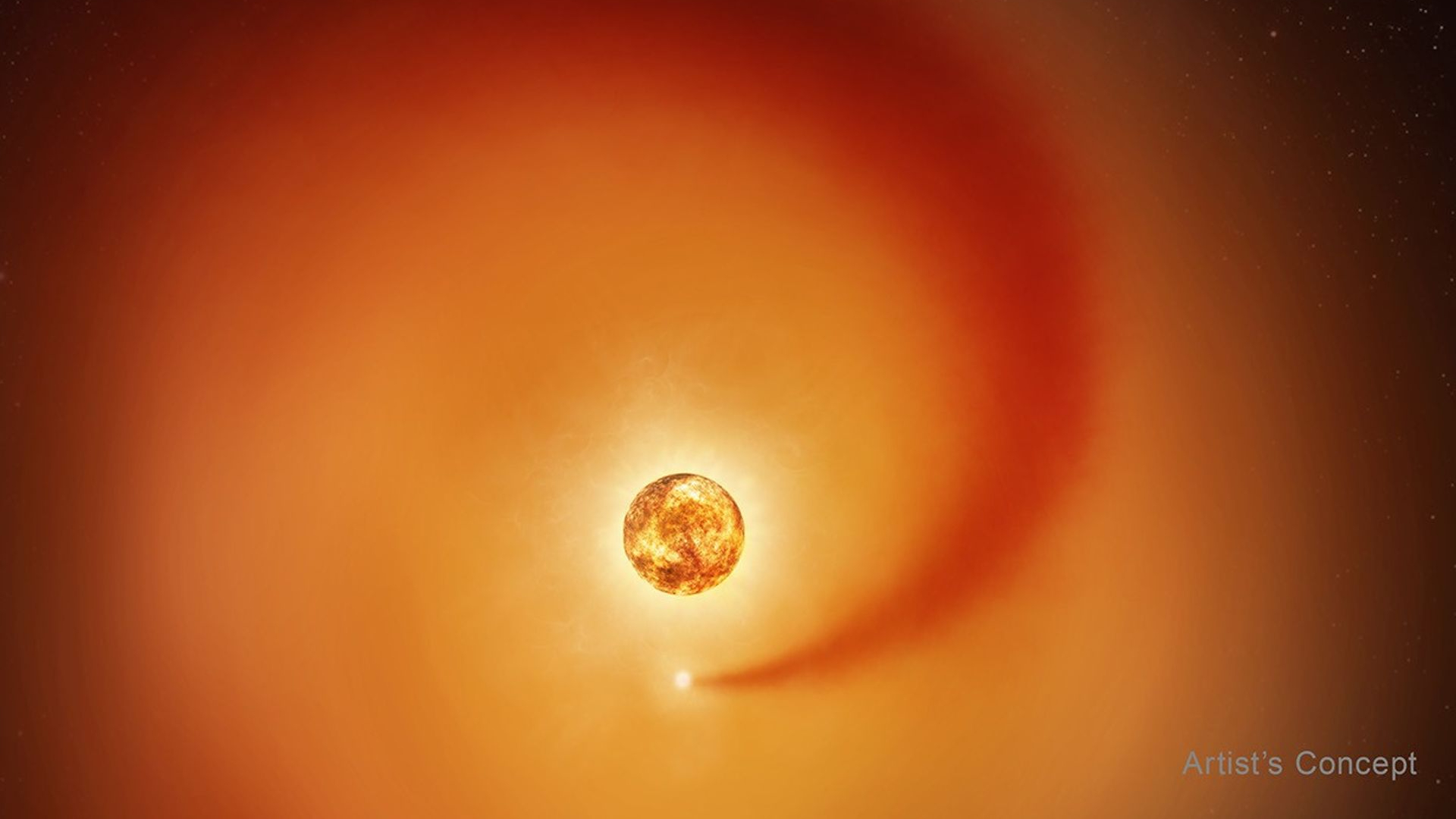SpaceX launches heaviest payload on reused rocket's 9th flight
The first-stage Falcon 9 booster that lifted 56 new Starlink internet satellites to low Earth orbit was on its ninth mission.
SpaceX's workhorse Falcon 9 rocket lifted its heaviest payload ever into low Earth orbit on Thursday morning (Jan. 26), launching 56 new Starlink internet-beaming satellites.
The Falcon 9 first-stage booster that propelled the mission during its ascent through Earth's atmosphere had been used eight times previously, including on two crewed missions to the International Space Station (Crew 3 and Crew 4, which launched in November 2021 and April 2022 respectively).
The 56 Starlink satellites, weighing a combined 17.4 metric tonnes (19.4 tons), according to a SpaceX commentator, were protected by a five times reused fairing during the ascent.
Related: 10 weird things about SpaceX's Starlink internet satellites

The rocket lifted off smoothly from the Cape Canaveral Space Force Station in Florida after a ten-minute delay at 4:32 a.m. EST (0922 GMT).
The first stage separated about 2 minutes and 30 seconds after lift-off and commenced its controlled descent back to Earth. The veteran first stage stuck its landing faultlessly about eight minutes and 40 seconds after lift-off when it touched down on SpaceX's drone ship 'Just Read the Instructions' off the Florida coast.
The two fairing halves, one on its fifth and the other on the sixth flight, dropped off from the upper-stage nose cone shortly after the first stage's separation and fell into the Atlantic Ocean. SpaceX said in the webstream it intended to recover the fairing for further reuse.
Breaking space news, the latest updates on rocket launches, skywatching events and more!
About 55 minutes after lift-off, SpaceX confirmed on Twitter that the satellites were successfully released into orbit.
The launch will add yet more satellites to SpaceX's giant Starlink constellation, which provides internet service to customers around the world.
Starlink already consists of more than 3,400 operational satellites, and that eye-popping number will continue to grow far into the future. Elon Musk's company already has permission to loft 12,000 Starlink spacecraft, and it has applied for approval to deploy nearly 30,000 more satellites on top of that.
Thursday's launch wias the sixth of 2023 already for SpaceX and the company's 205th overall. If the company keeps up this cadence — a big if, given that it's still only January — it will break its single-year launch record of 61, which it set in 2022.
Mike Wall is the author of "Out There" (Grand Central Publishing, 2018; illustrated by Karl Tate), a book about the search for alien life. Follow him on Twitter @michaeldwall. Follow us on Twitter @Spacedotcom or Facebook.

Michael Wall is a Senior Space Writer with Space.com and joined the team in 2010. He primarily covers exoplanets, spaceflight and military space, but has been known to dabble in the space art beat. His book about the search for alien life, "Out There," was published on Nov. 13, 2018. Before becoming a science writer, Michael worked as a herpetologist and wildlife biologist. He has a Ph.D. in evolutionary biology from the University of Sydney, Australia, a bachelor's degree from the University of Arizona, and a graduate certificate in science writing from the University of California, Santa Cruz. To find out what his latest project is, you can follow Michael on Twitter.
